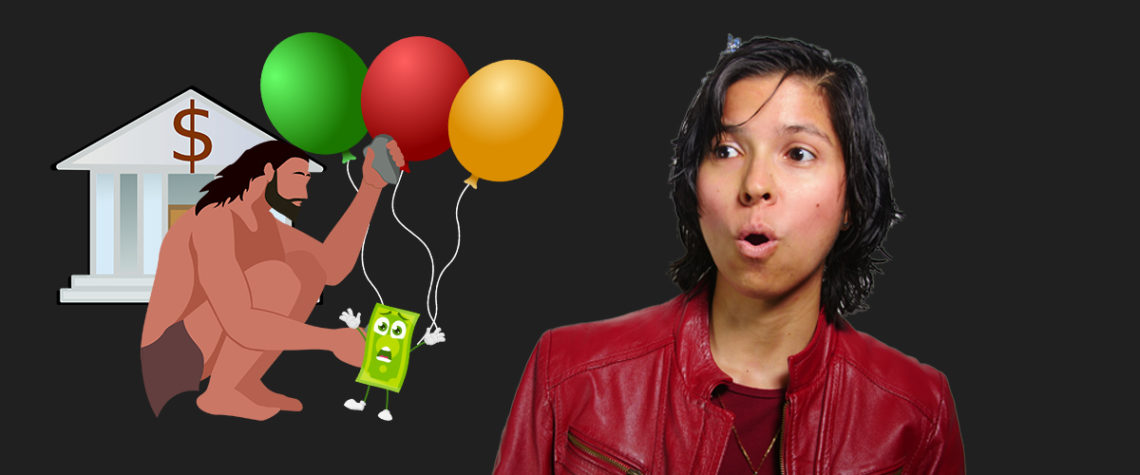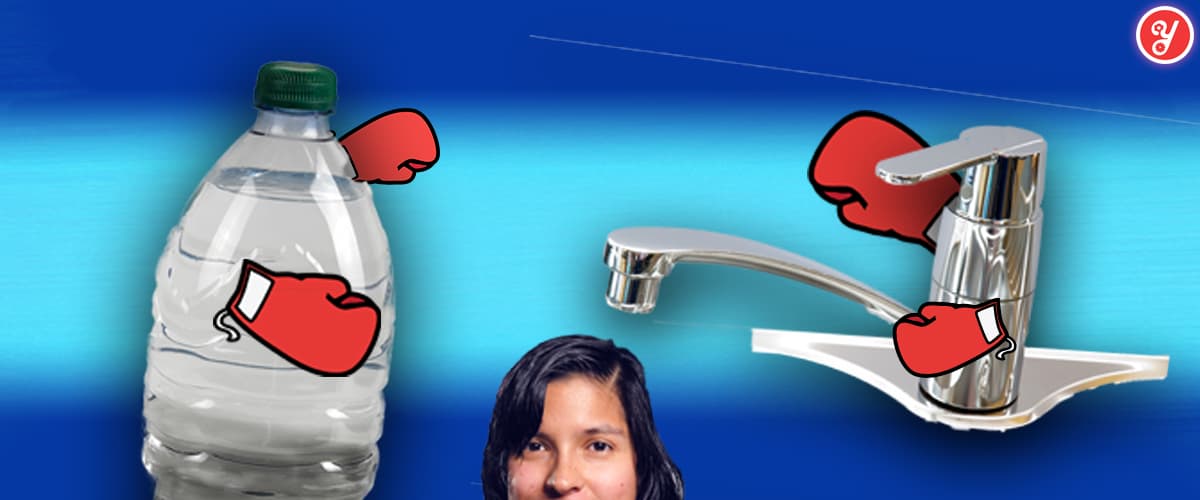Yoguely is reader-supported. When you buy through links on our site, we may earn an affiliate commission. Learn more
How Long Has Inflation Existed?

Today you’re going to learn how inflation works.
Specifically, I’ll show you why inflation of the money supply in economies happens, and how inflation works to raise prices.
Let’s dive right in.
Inflation Is as Old as the Stone Age
This post is the start of a blog series to show you why your cash is losing its purchasing power, and to show you places where you can put cash so that it doesn’t become worthless.
That’s right, we are going to talk about money. Money has made the world go round since back in the era of cave men. When one clever cave man started using boar’s teeth to trade goods with other clans. Well, it could have been antlers or tulips, but let’s suppose it was boar’s teeth. A caveman could trade something like 5 teeth for 1 cave, and then the next caveman could trade those 5 teeth for 3 spears, and on.
And just like that, boar’s teeth became money. Boar’s teeth had no intrinsic value. Other than using money for trading goods and services, there was essentially no other use for it. Unless you use it for something creative like to make a necklace. Kind of like how the Venezuelan’s used their essentially worthless bolivar bills to make handbags.
But back to the cavemen. It didn’t take the caveman long to realize that if they simply gathered more boar’s teeth, they could afford more things. They could exchange the money for more useful stuff.
How the First Shortages Happened
Since money was relatively easy to get, the good stuff started selling fast. So to stop the shortages of caves and spears, sellers increased the prices to where you’d have to get your hands on a heck ton of teeth to buy what they were selling. The prices of everything ballooned higher and higher.
The increase in prices meant the purchasing power each tooth had fallen. 5 teeth was no longer enough for 1 cave.
With money, came inflation.
The leaders of the clan, those who were the strongest and most respected, figured out that if they became the only people allowed to issue money, then only they could easily trade it for useful stuff.
So the leaders prohibited everyone else from issuing money, and began giving out boar’s teeth that only they were allowed to collect.
Immediately after, the leaders lent teeth to the clan, and received caves and spears, food and clothes, basically useful stuff in return.
The leaders had become the money masters, the financiers managing large sums of money, and inflation was their tool.
How Fresh New Money Drives up Prices
But the strong leaders where also greedy. They had an intense desire for wealth. So they issued more and more money, and bought up more spears and caves. Now there was more money circulating among clan, which drove up the prices of spears and caves.
To illustrate, suppose that at the beginning there was 100 teeth was in circulation, and you could purchase 1 cave with 5 teeth. Now there was 1000 teeth in circulation, which drove the price of 1 cave up from 5 to 50 teeth.
Any caveman holding on to 5 teeth, no longer had the power to buy that nice cave they put off for later. The caveman stashing their money became poorer every day, and had to get back to work to make up for it.
On the other hand, the caveman who owned 1 cave could now trade their cave for 50 teeth, that is 10 times more teeth than they could before the leaders inflated the money supply.
So, getting the trend now?
Who Benefits in Inflation, Asset Holders or Cash Holders?
Those holding on to money lost purchasing power, and those holding on to assets gained purchasing power. Money had no intrinsic value to begin with, and can be easily created. While assets are useful and are hard to obtain.
So as we see, the expenditures of the leaders had an effect on the clan’s economy, this was government finance in the stone age. If the leaders wanted to “raise money” to purchase something, all they had to do was issue more money.
Inflation may have been the oldest way to get payments from people without collecting money from them through taxes. Come to think of it, inflation is essentially an invisible tax, a way to take purchasing power from people without taking money from their pockets.
Since the Stone Age, there has been many governments that have issued their own currency and rediscovered simultaneously the magic and sorrows of inflation. That is, the ability to make a few people very rich, and many very poor. And then, to have issued so much currency that the economy falls apart. The balance between the production of goods and the consumption of those goods gets interrupted. Prices shoot up so high that buyers can’t afford anything, and seller’s can’t find anyone to sell to.
Can Inflation Go on Forever?
Historically no currency have lasted forever, eventually there is so much money in circulation, the currency become so inflated that the only solution is a collapse of that currency, and the start of a new currency.
Conclusion
So that is how inflation works.
In my next post, learn how to use interest rates to predict the markets.
Now I want to turn it over to you: are you worried about inflation?
Let me know by leaving a quick comment below right now.
I’m Aida Yoguely. Thanks for learning with me today. And I’ll see you again in the next one. That’s all folks.
Video
Be sure to subscribe and hit the notification bell to stay tuned for the latest videos.
- Why Helicopter Money Is Inflationary - 2021-10-09
- How Interest Rates Affect Inflation - 2021-10-08
- How Long Has Inflation Existed? - 2021-10-01




